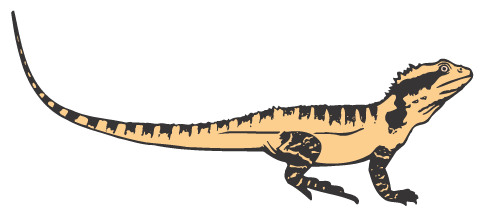Location: CWCN Centre – 47 Hepworth St Chapel Hill
Type: Event
Organiser: Cubberla-Witton Catchments Network Inc
Contact: www.cwcn.org.au – www.facebook.com/cwcn.org.au
Our native pollinators are losing their habitat at a rapid pace. We often forget how important they are. Come along to this family fun day and learn about different pollinators, their value and their needs, and find out what you can do to support them in your garden. For more info, visit the CWCN website or open the flyer: {module_literature,i,177499}





